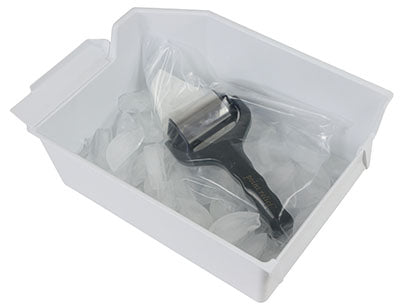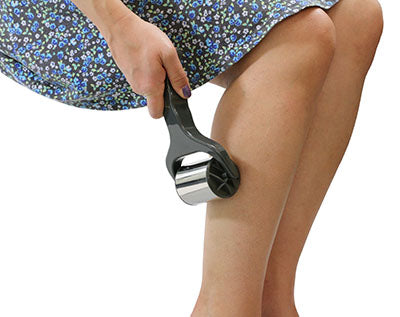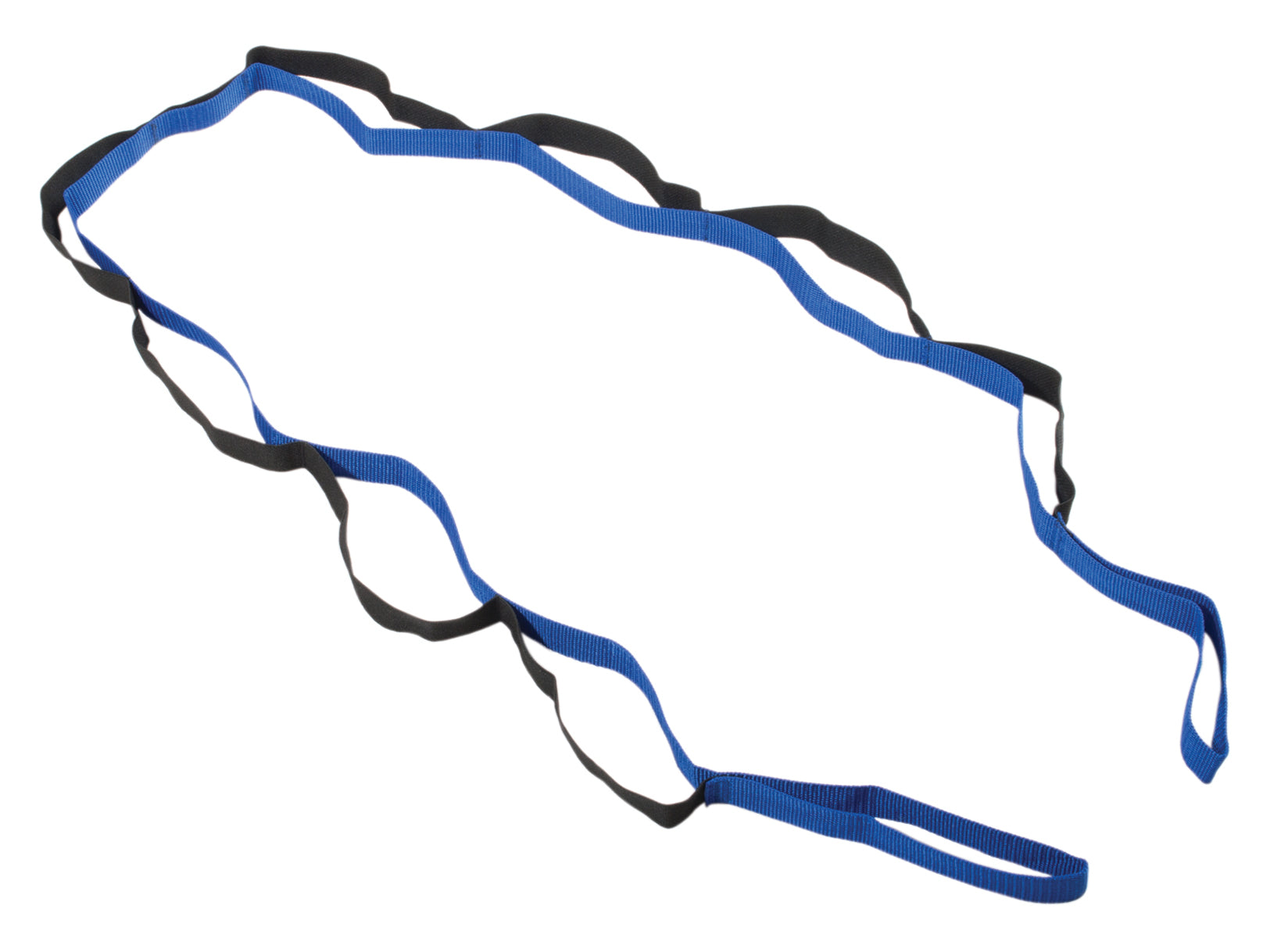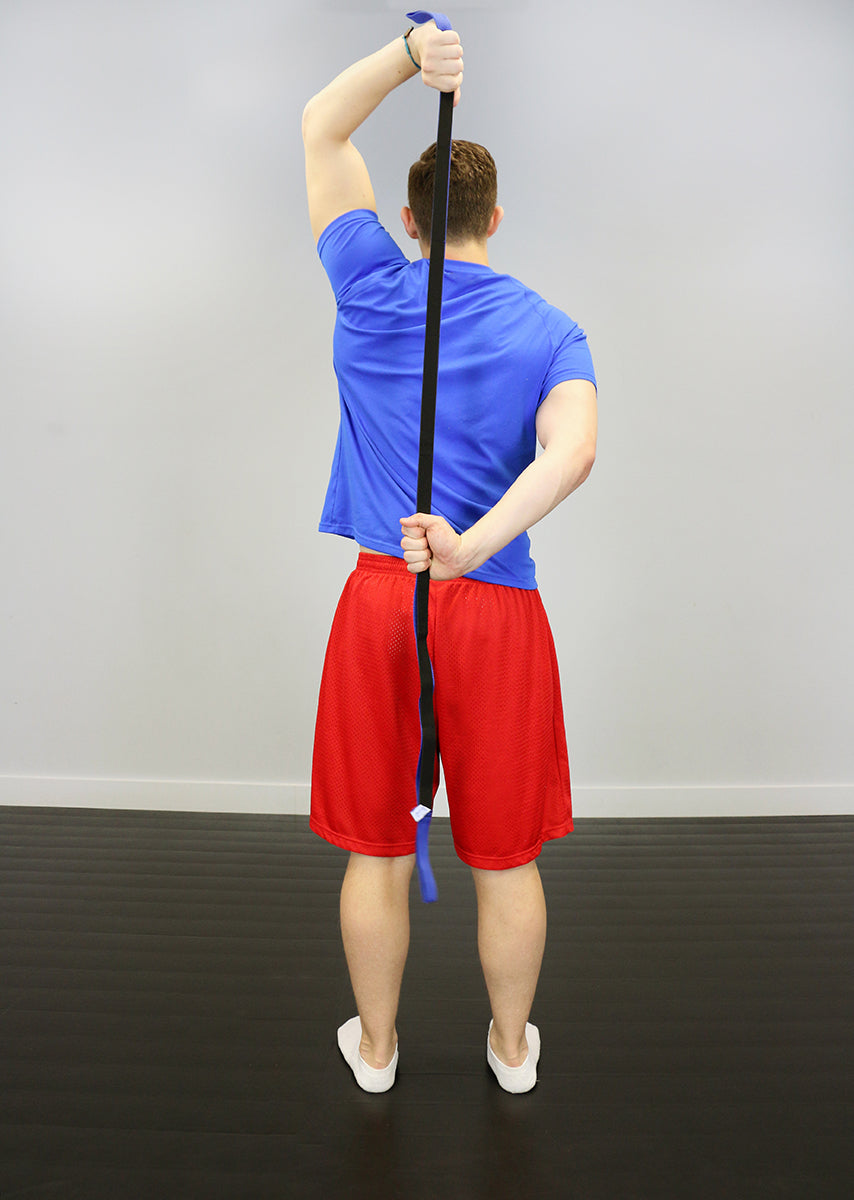Since the
Fixing Dave Tate Series kicked off earlier this year, the strength training and powerlifting community has followed the journey of
Dave Tate as he worked to reduce his daily pain.
In this process, Dave partnered with
Dr. John Rusin, whose goal was to conduct a holistic physical evaluation and put together a plan to help alleviate pain in Dave’s day-to-day life. This would ultimately enable Dave to keep training and doing what he loves, despite long-term issues with osteoarthritis and numerous sports injuries sustained over the course of his career.
In this Q&A session, Dave sat down to answer key questions that he received over the course of the Fixing Date Tate Series. In an effort to provide his candid perspective, Dave discusses everything from his biggest takeaways, to lessons learned, overall project goals, lifestyle changes, and the importance of effectively auto-regulating your own training program. He highlights his recovery and rehabilitation process, and walks us through his thoughts on mobility and energy system work. Most of all, he discusses the unfortunate reality that many powerlifters face — living with daily pain — and how to address it head-on.
Personal Reflections on Fixing Dave Tate
What was your biggest takeaway from the experience?
…It was a reminder to me of how important it is to be able to auto-regulate your own training programs, especially if you’ve been doing this for a very long period of time. I’ve been training myself for 35 years, so nobody is ever going to know how to train me better than me, nobody is going to know what goes on in my head more than I know what goes on in my head, and nobody is ever going to be able to feel what I’m able to feel.There have been a few times throughout my training career…where I’ve turned over the reins entirely, and it’s always led to…non-optimal results. With this project, I never let go of the reins entirely…but I may have let go of the reins a little bit too much, and now I know to keep better grasp of that. But I was also going into some unchartered territory as well.
If you could go back in time, would you change anything knowing what you know now?
…The only thing I would ever change has to do with basically how I treated other people, it has nothing to do with the training – ever. I always learn from the best people I can learn from; I always tried to stay ahead of the curve when it came to my own training; I always tried to stay ahead of the curve when it came to recovery and restoration.If you go back through our
archived YouTube channel, you’ll see many years ago when I was still competing,
Jim Wendler and I went to the Browns Training Camp to see Buddy Morris and Tom Myslinski because I was having some knee injuries…so I went to the best to be able to help with the knee strain…I always had a doctor in the corner, I always had a physical therapist (one or two) in the corner throughout the whole training process, and I invested heavily in recovery and restoration…The majority of the issues that I have are wear and tear. There’s not a whole lot I could have done to prevent that except just not trained.
The one thing throughout my whole competitive career is that I never wanted to walk away asking “What if?”. That was probably the biggest driving force, the biggest fear, the biggest motivator that I had for everything that I did. But it also created situations where I walked on the ledge, fell off the ledge – a lot – because of that one question…Did it push me too far? Did I push myself too far…? Most definitely I did. But when it was all over and I walked away from the sport, I’m not asking “What if?”. So, I would not change that for the world.
What was the main goal of this project, of trying to live pain-free?
…The main goal of it was to get back to the starting line...I saw it as a good opportunity to address a lot of the nagging issues that I’ve lived with for well over a decade.Imagine in your own training if you get a little hurt, you’re going to find ways around it and keep moving…but if you can’t train and you get to a point where you’re deconditioned…would you rather spend time trying to just do general [things] you already know how to do, or would you [fix]the nagging things that have always been there, because you really can’t do a whole lot of anything else anyhow? So that’s where it all stemmed from and what the overall goal of it was.
What changed perspective-wise and lifestyle-wise with the Fixing Dave Tate project?
Before I started working with [John], the number one goal that I had was just to be able to squat, bench, and deadlift 135…Sometimes the hardest three lifts to do are 135, 135, and 135. Getting back to the “first plate” means that you’re pretty much all the way through the recovery or rehab process…and those three lifts are the start.As far as lifestyle…there are things that still need to change, but everything is segmented and programmed out over an extended period of time.
What’s your game plan to ensure that you don’t get bored or slack off with the mobility and energy system work?
There were some aspects of the energy system stuff that I just didn’t do…and to be completely honest, it’s not really a part of my overall plan at this time…It was just very minimal to be able to help with recovery.As far as the mobility stuff…most of the training I do, I don’t like and don’t want to do…it sucks. There is a whole lot of training that you have to do that is boring and monotonous that just needs to be done. It’s a necessary part of being conditioned and in-shape enough to handle the 20% that you really want to do. For me, it’s the dynamic work, it’s the max effort work…those are the things that I love the most, but you can’t just go in and do that.
…If there’s a client that doesn’t like doing an exercise, then find an alternate exercise that does the same thing…There are always alternatives for everything. It may not be the most optimal, but there are always alternatives…So if there was something I absolutely hated to do, I just didn’t do it, and I found the alternatives to be able to accomplish the same [overarching] objective.
Do the protocols allow you to get more range of motion in the shoulder, and is it enough to get under a squat bar?
No – that was never part of the goal… I have osteoarthritis. It’s aggressive, it’s bad – I’m bone on bone…and that’s going to continue to get worse over time. It’s not going to reverse. It’s just a matter of trying to maintain it.[My] right shoulder became problematic and frozen in 2004 and it needed to be replaced then. I’ve been able to maintain it and not need the replacement, but I have nowhere near the range of motion to get under a squat bar or bench the bar to my chest. I’ve made modifications to my training since then, but haven’t had [it] replaced because it’s not in 24-hour pain that I can’t live with and have to have it done.
…A lot of these questions ask about pain. I am not going to be pain-free. I judge my pain and have been tracking it since working with John on what it is when I get up in the morning. It’s always between 2.5 and 3.0. It’s not going to go down…What we don’t want is for it to become 4,5,6,7…We’re trying to not have those days where it’s worse, but there’s always going to be pain…pain management is always going to be part of my medical protocol.
…No program is going to make you pain-free, but programs can help to make your pain not get worse. I think that has to be taken into consideration, because anybody who is in the same boat understands that there’s a big difference between living with the pain that you have to live with, and when it gets worse…Just to be able to stay out of that [worsened pain] is a good thing.





































































